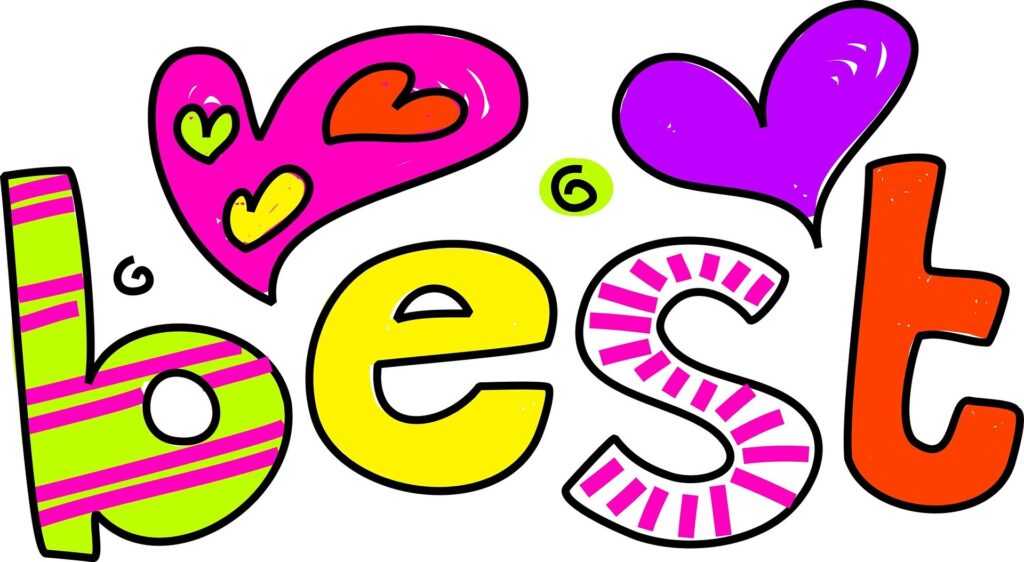
We’ve all heard the phrase, “Just do your best!” It’s meant to be encouraging, but let’s be honest—sometimes doing your best feels like pressure. The idea of always squeezing out 100% effort can lead to burnout, perfectionism, and self-judgment. It is hard to balance and give 100% to recharge and rest. Is it necessary to give everything our absolute best effort?
Think about chopping vegetables for a meal. If you focus on making every piece perfectly even, you’ll probably spend too much time on it—and in the end, it won’t even affect the flavor! More is often lost in striving for perfection than gained.
But what if we shifted from doing our best to being our best? This simple change moves us from outcome-based thinking to a state of engaged presence. Instead of stressing over whether we’re doing enough, we recognize that as each moment occurs, whatever needs to be completed will be completed. There’s no need to judge whether we’ve done too much, too little, or the “wrong” thing. Our perspective shifts from the outcome to the type of engagement and good enough becomes perfect.
Here are three ways to make the shift:
1) Choose Fewer, More Meaningful Activities
The doing your best mindset often makes us pile on more and more, spreading our energy thin. Instead, being your best means selecting a smaller number of purposeful activities and giving them your full presence.
Start by listing your true priorities. Then, compare how you currently spend your time. What can you let go of? Set the intention to focus on one thing at a time, without rushing. Let yourself lose track of time, get into the flow, and fully experience each moment—whether tasting your food, deeply listening to someone, or simply playing and having fun.
2) Increase Awareness of Your Thoughts and Feelings
When we focus only on doing, we often ignore how we feel and think. Being your best means engaging not just with actions, but with your inner experience.
Instead of judging your responses, observe them with curiosity. Celebrate the good moments and be patient with the challenging ones. You are not a machine designed for peak performance rather your biology is designed for experience. By letting go of reactions that do not serve you, you create space for more peace and ease. Ask “What belief do I have to have to feel this way?” to discover whether what drives this response is something you want to hold onto.
3) Make Space for Inner Wisdom
Constant doing can drown out our intuition. When we shift to being, we relax providing openings for our inner wisdom to guide us.
Schedule time to do absolutely nothing—yes, nothing! Meditate, sit in stillness, or follow your breath. The more you practice tuning in, the easier it becomes to hear your higher guidance. Keep a beginner’s mind and trust that everything will unfold as it needs to.
4) Follow Your Excitement and Passion
When you shift from doing to being, you become more attuned to what excites and inspires you. Passion is a natural compass—it leads you toward what feels joyful and fulfilling.
Rather than forcing yourself to grind through tasks because you should, pay attention to what sparks your enthusiasm. Even in routine activities, find the aspects that light you up. Excitement is a sign that you’re in alignment with your true self. Follow it, and you’ll notice that productivity happens effortlessly—not because you’re pushing, but because you’re pulled by inspiration.
5) Connect With and Balance Your Feminine Energy
In a world that often glorifies doing, logic, and structure (masculine energy), we can lose touch with our innate flow, intuition, and receptivity (feminine energy). Being your best means embracing both—allowing space for creativity, rest, and deep inner knowing alongside action and structure.
Feminine energy thrives in stillness, connection, and ease. Invite more of it into your life by softening your approach. Instead of rigidly planning every step, allow moments of spontaneity. Instead of pushing yourself through resistance, honor when your body and mind need rest. Engage in activities that nurture your feminine essence, such as dancing, being in nature, or simply allowing yourself to receive without feeling the need to earn it.
When your masculine and feminine energies are in harmony, doing flows from your state of being. You take action from a place of alignment rather than force, and you trust that life is unfolding exactly as it should.
The Beauty of Being Your Best
By shifting from doing to being, you naturally become more focused, relaxed, and present. You stop measuring yourself by what you accomplish and start appreciating the richness of each moment.
Remember, in every moment, all that is needed will be completed. There’s no need to force, no need to judge—just show up, be present, and trust that it’s enough. Because it is enough. And so are you.